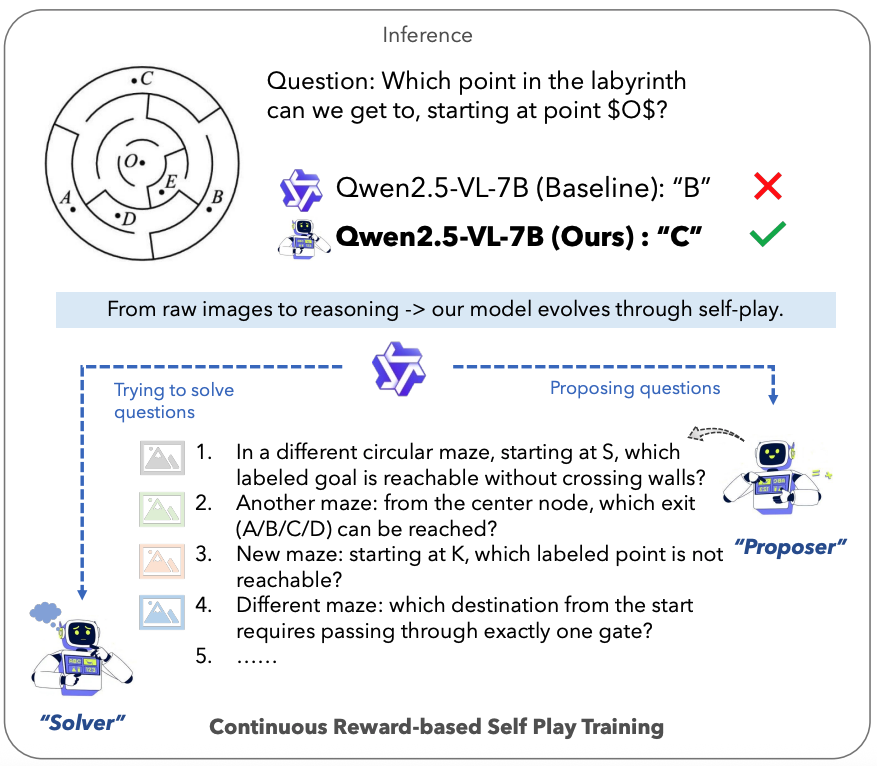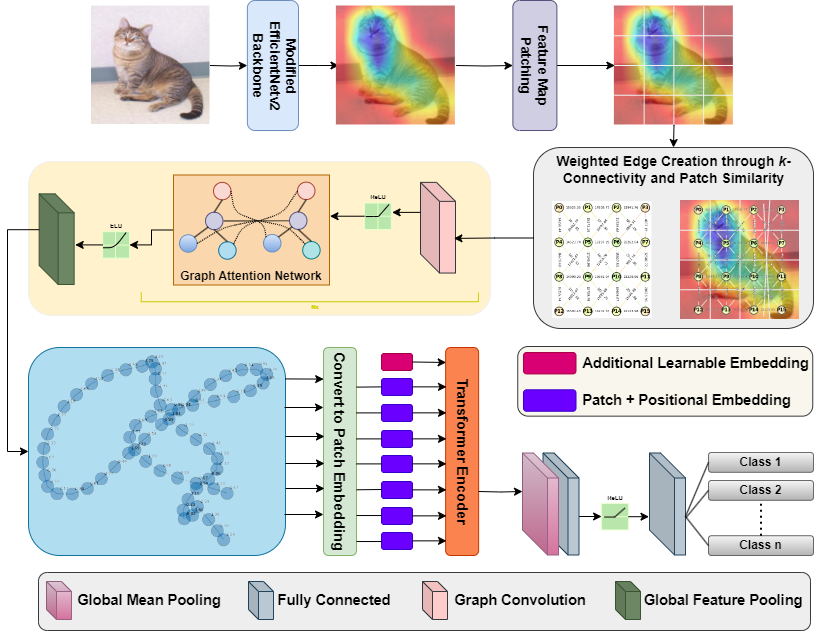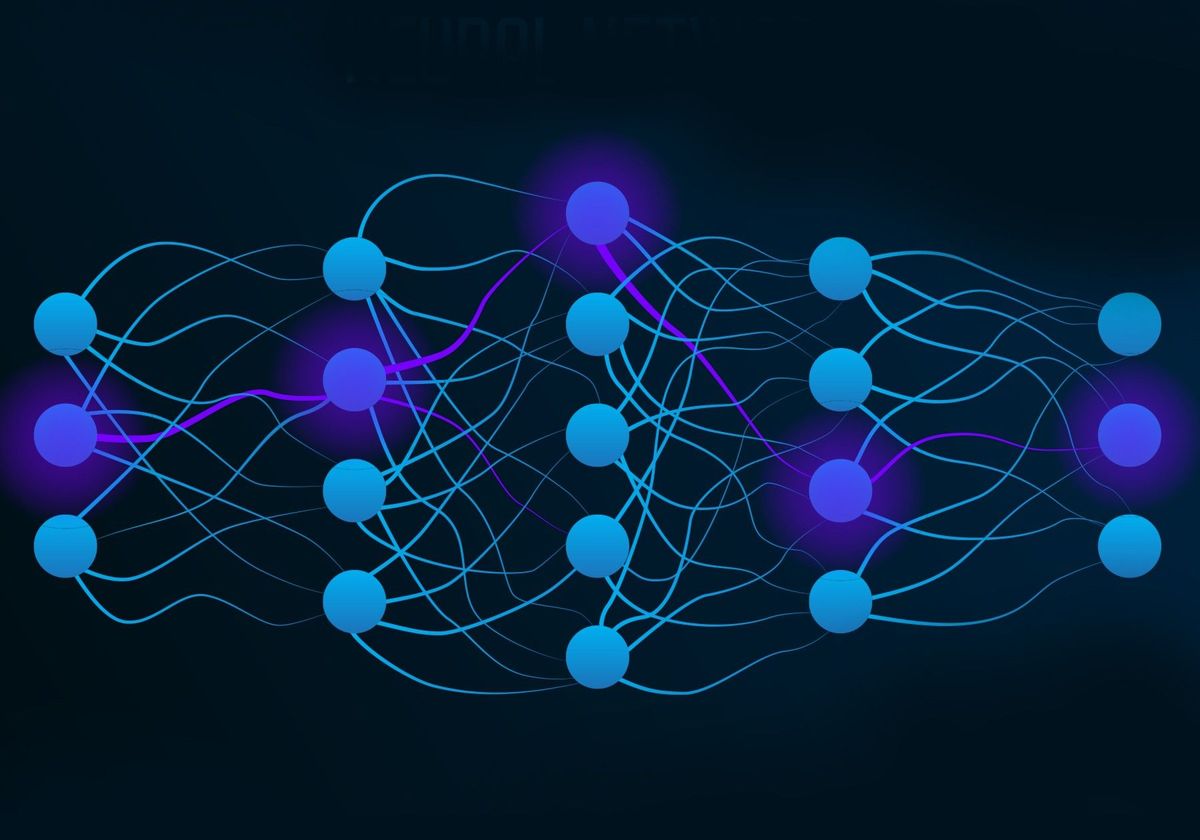|
I am an M.Sc. computer vision student at MBZUAI. I am fortunate to be a part of the Intellectual and Visual Analytics Lab, where I am advised by Dr. Fahad Khan and Dr. Salman Khan. I completed my undergrad in computer science at VIT University, advised by Dr. Joe Dhanith and Dr. Pandiyaraju. My research focuses on developing self-evolving large multimodal models for generalizable multimodal intelligence, within the broader context of multimodal representation learning for reasoning. I also work on unified large-scale models for image understanding and generation, and controllable generation of extended, coherent video sequences. Prior to this, I was a research intern at Nagasaki University advised by Dr. Muthu Subash Kavitha. In the summer of 2024, I interned at MedxAI under the mentorship of Dr. Susan Elias and Dr. Sheena Pravin. I also work on industry- and consultancy-funded projects through SPORIC at VIT. Email / CV / Google Scholar / GitHub |

|
|
|
|


|
Omkar Thawakar*, Shravan Venkatraman*, Ritesh Thawkar*, Abdelrahman M Shaker, Hisham Cholakkal, Rao Muhammad Anwer, Salman Khan, Fahad Shahbaz Khan Submitted: IEEE/CVF Conference on Computer Vision and Pattern Recognition (CVPR'26) paper / code / project page / abs / bibtex EvoLMM is a fully unsupervised self-evolving framework for large multimodal models (LMMs) that improves visual reasoning from raw images only by coupling a Proposer and a Solver trained via continuous self-consistency rewards. |

|
Shravan Venkatraman, Pandiyaraju V Submitted: Pattern Recognition code & paper: post acceptance Enforcing physical surface properties through PDE constraints yields geometrically accurate neural scene representations from sparse views. |

|
Shravan Venkatraman, Jaskaran Singh Walia, Joe Dhanith P R Complex and Intelligent Systems code / paper / Hugging Face Structuring attention through multi-scale graphs enable transformers to reason across visual hierarchies. |
|
|
 |
|
Yep it's another Jon Barron and Ben Mildenhall website. |